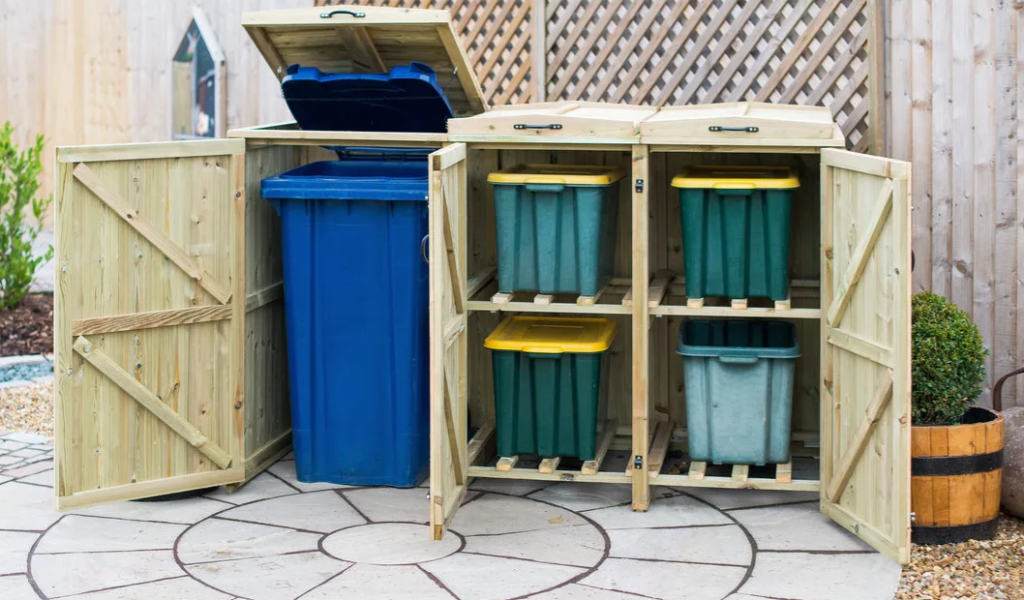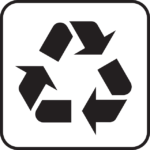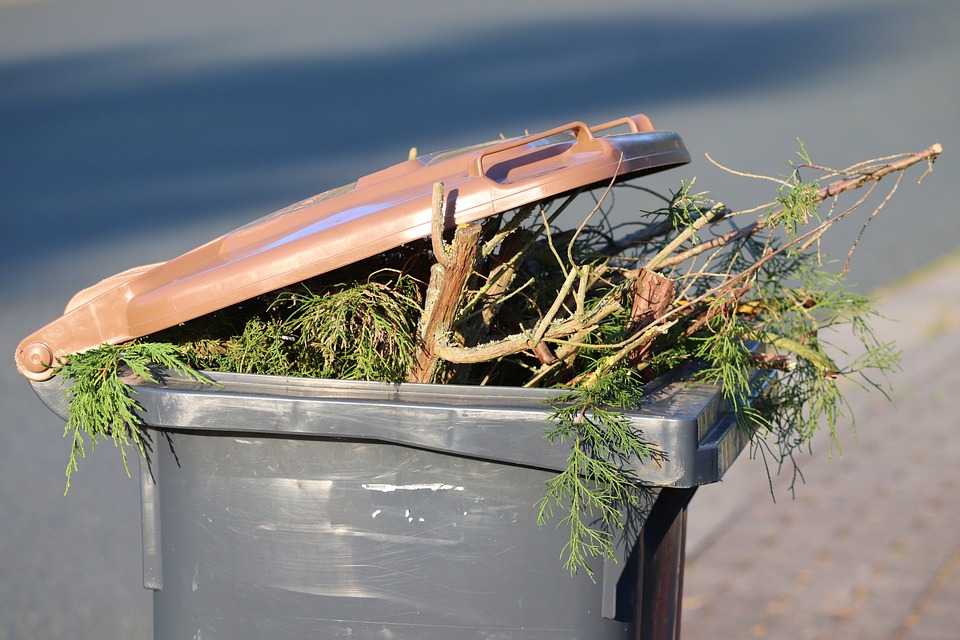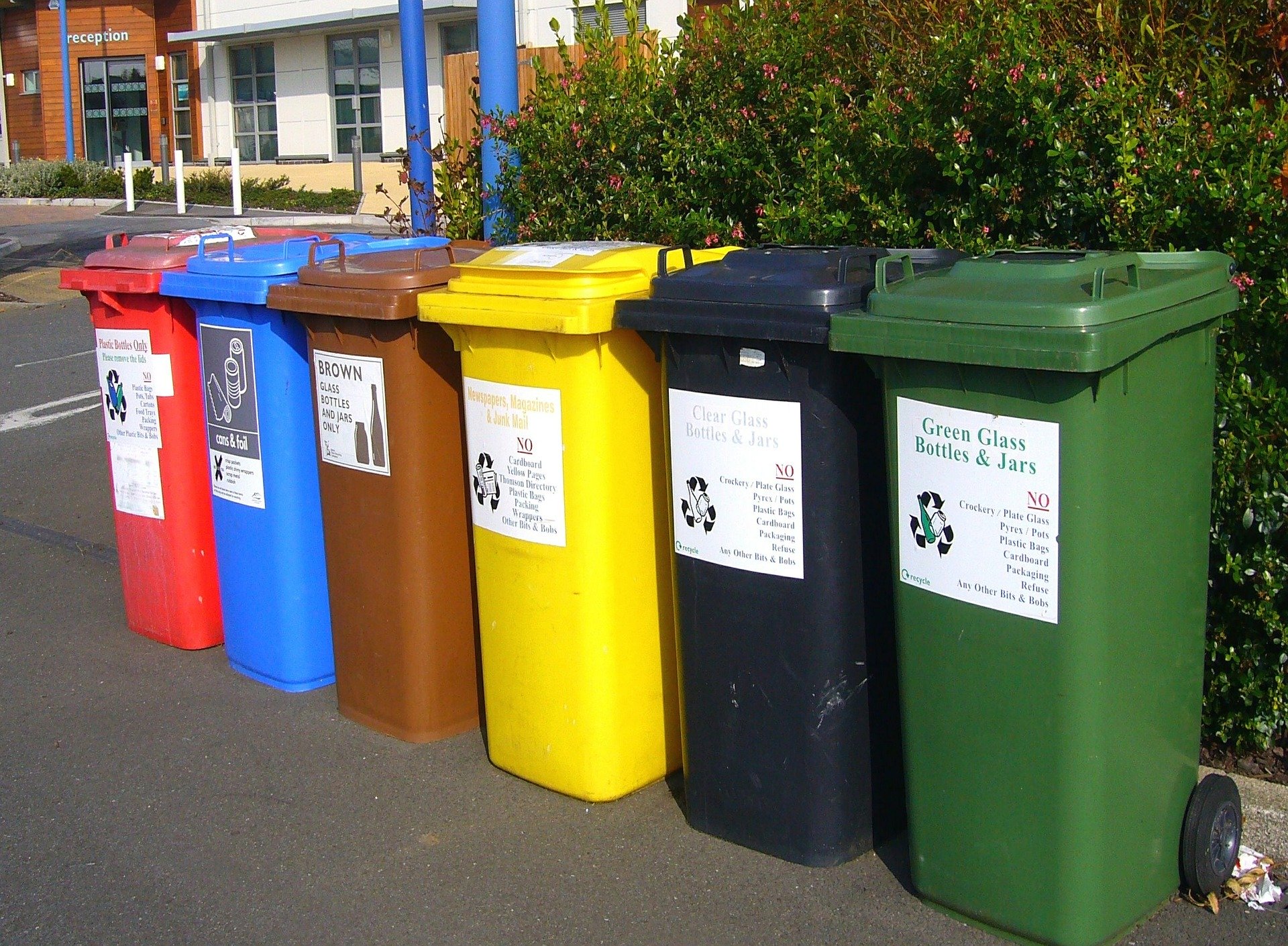Home recycling is one of the best ways that you can do your bit for the environment. Your local council provides you with all the bins and the (maybe slightly infrequent) timetable of rubbish collections so they are really doing all the hard work for you. All you have to do is a quick sort of your rubbish which you need to put in the right bins. In this article, we have provided some information on what goes in which bins, a quick reminder of what you can and can’t recycle, and some tips for making home recycling easier.
Rubbish Sorting Habits
Or should I say don’t have rubbish sorting habits – have great rubbish sorting habits! Rubbish sorting is a great job to delegate to your kids. It is a simple task but it will give them the opportunity to contribute to the running of the household and it instills the importance of environmental responsibility. It is a good idea to have a ‘sorting time’ such as after the evening meal. That way you or your kid’s sort and remove the rubbish each day so there is no build-up in your kitchen. If you sort regularly you are less likely to forget what can be recycled and you will sort to a higher standard. If you only sort once a week and you have a mound to get through you are much more likely to be a bit Cavalier with your sorting and put things in the wrong boxes.
Recycling Bin Position
If you have situated your bins close to your kitchen door then it is easy, no matter what the weather, to quickly put your rubbish in the right bin each evening. Recycling bins aren’t pretty so it is a good idea to hide them with some planting or a structure. Just make sure that this does not make it hard for you to access the bins as this will make it less likely that you sort regularly. You need to be able to easily wheel or carry bins to the collection point and back and you also need to be able to easily lift their lids with one hand. You can buy flat pack wheelie bin and box stores online which will do the job nicely for you.

Set Up Alerts
The time-critical task is remembering to put the bins out on the right days so they can be emptied. This sounds simple but of course, we all find that with our busy lifestyles, repetitive jobs like this can easily get forgotten. If you miss the bin men, unemptied bins fill up quickly and then there is no room for your recycling and you end up putting recyclable materials in nonrecyclable waste. These days with our phones, apps, and calendars it is so easy to add ’emptying the bins’ as a task with an alert the night before. You can do this on your phone or if you have delegated the jobs to your kids, make them set up alerts on their own phones. It is highly unlikely that you will forget once you have this system in place.
What can I put in my recycling bin & contamination
Whatever your Local Council is able to recycle. There are variations across the country so check the details. If the contents of recycling bins are not sorted correctly then the rubbish is too contaminated to be recycled and it will end up in the landfill! All that time and effort from you and your local council wasted. It is more important to be 100% confident that rubbish can be recycled and it is going in the right bin than to try and maximize the percentage of your rubbish that is recycled. If in doubt – put it in general waste and don’t risk contaminating your recyclable material bins.
 Some items pretend to be recyclable but in practice, they are not. This is often the case for plastics and mixed material items even if they display the recyclable symbol – see image to the left. For example, plastic bags, polystyrene, and plastic film can clog the machines that process recyclable plastic so it is best to put these materials in your general waste. Crisp packets are not recyclable.
Some items pretend to be recyclable but in practice, they are not. This is often the case for plastics and mixed material items even if they display the recyclable symbol – see image to the left. For example, plastic bags, polystyrene, and plastic film can clog the machines that process recyclable plastic so it is best to put these materials in your general waste. Crisp packets are not recyclable.
Also, dirt on your items adds to contamination. Not only this but recycling is often sorted by hand at the processing facility so spare a thought for the people who have to do this. Filthy, food covered waste that has been rotting for a few days is disgusting – you wouldn’t want to handle it or smell it so don’t make anyone else either. Don’t chuck dirty cans or sauce bootles into your recycling. Stick them in the dishwasher or give them a decent rinse first.
Never Put This In A Bin
No matter what the bin color there are certain things that should never be put in household waste bins. Bulk rubbish that is really heavy like building rubble can’t go in your bins. You should arrange for a skip or take this sort of rubbish to your local tip. Similarly large quantities of green garden waste should not be put in your bins unless you have been provided with a bin specifically for this type of waste.

Chemical waste should also never be put in a bin. It can endanger the health and safety of the rubbish collection staff as well as be an environmental hazard. This sort of waste should also be taken to your local tip or a specialist chemical waste center.
Light bulbs, batteries cooking oil, ceramics, and pans should also not be put in bins. Councils provide specialist waste points for products like this. Some of them can be recycled and others need specialist processing to make them safe to dispose of. Have a box for things like this and take them to the specialist waste point once a month.
Medical waste and sharps should never be disposed of in a normal bin. This sort of waste is managed by either your local health service or council so check with your doctor to register for waste collection.
Variations Between Councils
What is recycled and how is under the control of your Local Authority and as a result there are variations across the UK. If you aren’t sure about what is recycled when, where your local tips are and where to recycle special items like batteries then visit your Local Authorities website. Your Local Authority/Council is whoever you pay your council tax to. Every council has promemnt links to information on waste collection – most often from their home page. The sort of information they provide is things like;
- Bin collection dates
- Missed bin collection
- Bulky item collection
- Request a bin
- What goes in my bins?
- Find a tip
- Street cleaning and litter problems
- Compost bins
- Sharps bins
Note that there is no generally accepted convention to match bin color to contents. We have provided a guide below for the most common practices but you should check what it says on your bins and also check your Local Councils website.
What goes in the black recycling bin?
Black bins are usually for general waste which can not be recycled or composted. Before we started to recycle all waste was general waste. These days it is things like nappies, sanitary products, non-recyclable plastics and things made of mixed materials like crisp packets, coffee cups, and drinks cartons (Tetrapak). Yes, I know Tetrapak often says the carton as is recyclable but in practical terms, they are not.
Each Council will have it’s own recycling options and technologies which will determine what you can recycle. For example, Liverpool City Council cannot recycle yogurt pots or plastic food containers (even if the packaging says it is recyclable). So if you are in Liverpool then this plastic waste should go in general waste, not in your plastic recycling. However pop down the road to Preston Council and you see that they do recycle yogurt pots, food containers and even plant pots. This highlights the importance of checking your Local Councils website. If your bin men see this type of waste in your recycle bins they won’t take your waste and some councils can even fine you.
What goes in the green recycling bin?
Green bins are most often used for glass recycling so bottles and jars. Some Councils provide Green Wheelie bins or Smaller green containers for food waste such as vegetable peelings, coffee grounds and bones.
What goes in the blue recycling bin?
These are usually for paper and cardboard. So newspapers, magazines books, flyers, cardboard boxes, food boxes all go in here. Don’t put in mixed material items like Tetrapak and drinks cartons, these go in general waste.
What goes in the red recycling bin?
These are usually for recyclable plastics such as drinks bottles, shampoo bottles. Some councils will allow yogurt pots and plastic food containers others do not so check their website. Some types of plastic can’t be recycled and should go in general waste; carrier bags, clingfilm, hard plastics like coat hangers & polystyrene. Some councils can recycle plastic based on their labels so if you need to understand what these mean have a read here.
What goes in the brown recycling bin?
Brown bins are either for food and garden waste or they are used for mixed recycling which don’t have to be sorted by the homeowner. There is a big difference here so if you have a brown bin check its sticker and/or your local council website. If it is a mixed recycling bin then you put all your plastic, glass, and tin foil in them but not usually paper.
What goes in the purple recycling bin?
It’s anyone’s guess! Purple bins are rare and their use varies with each Council so check their website.
What goes in the yellow recycling bin?
These are used for textiles and clothing. They are rarely provided at the individual home level but you will often see large textile bins at your local tip or rubbish collection points.
